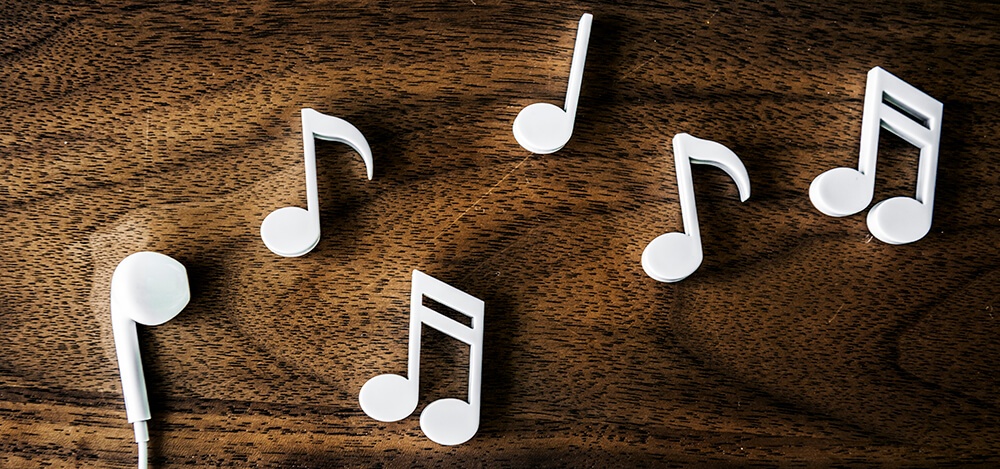
From an idea, to playing, recording, and playing it back. This is your go to guide on gathering up what you need to produce music.
INSPIRATION
Have you ever been singing along to a song, only to find out you had the words wrong? Ever think that the words you used sounded pretty good?
Maybe you came up with your own melody in your head.
Or while waiting you started tapping your fingers and realized you came up with an awesome beat.
ROLL WITH IT!
Inspiration can come from anywhere and anything. Ideas come from things that inspire. The first thing you need for producing music, is an idea.
If you are overwhelmed by the thought of creating something from nothing, you can pull an object in plain view and start describing it, how it feels, how it makes you feel. You can start with one simple note. Play it over and over, I assure you the 2nd one will follow. Your own state of mind will influence the direction.
Don’t worry if it doesn’t turn out like you intended, just roll with it. For a lot of us, what we ended up with, sounds nothing like what we started out with.
THE MEANS TO RECORD SOUND.
.jpg?width=1000&name=recording-music-P4F6LXC(1).jpg)
MICROPHONE
To capture voice and sound you need to start with a decent microphone. The most used and recommended microphones come from Shure.
These types of microphones are known as unidirectional dynamic cardioid.
Let’s look at the different types of microphones and what they can be used for.
1. Cardioid
Unidirectional. Uni, like a unicycle, means 1. This type of microphone will pick up the sound in front of it and nothing around it. If you pointed the microphone directly in front of your mouth and spoke, it would hear the sound coming from your voice with no problem. Say you have a small fan running about 10 ft away in front of you but behind the mic. That sound would be ambient noise and would not be picked up. This type of microphone is best used for live performance vocals, karaoke, band practices and recording vocals.
2. Omnidirectional
Will pick up sound coming from all around the microphone. This type of microphone is good for capturing an environment based sound such as a large church, a room with good acoustics, a piano, recording a group of vocalists and live performances.
A live vocal mic and a recording studio mic are 2 different things. While most studios will use an SM58, there are music and vocal types that require a better clarity that will give a more crisp and realistic sound.
3. Condenser Microphones
Condensers have the widest frequency response and usually offer much higher sensitivity (i.e. output) and lower noise than dynamic microphones.
Condenser microphones require external power for their internal electronics. Most of these mics will run on phantom power. Phantom Power is 48 volts. While they aren’t plugged into an outlet in most cases mixing consoles have built in phantom power. If you aren’t using a large recording console you can use a mic pre-amp, a USB port or an audio interface to power the microphone.
These mics also have a ribbon inside and that ribbon can be broken by harsh “P” or “S” sounds, most times you will see a small round filter in front of the microphone.
It not only protects from mouth projectiles but helps protect the microphones ribbon.
- Good - USB Condenser Microphone Blue Yeti $100-$150
- Better - Audio Technica AT2035 $150
- Best - Neumann TLM-102 $700
Depending on what you are wanting to create there are a variety of things out there to turn your idea into reality.
Desktop Computer/Laptop
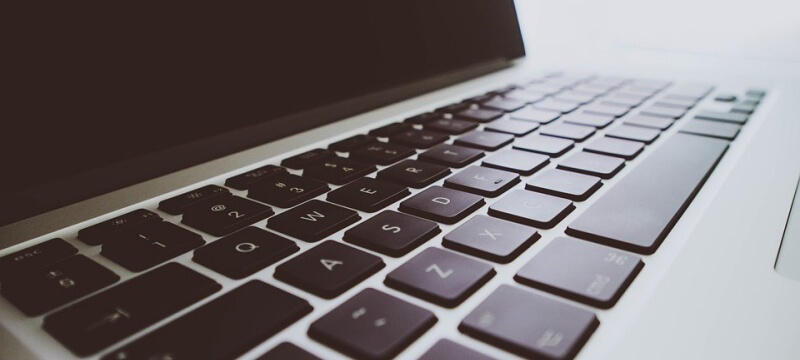
Using your computer to produce music will require several items that will work in unison. There are a lot of options out there and the choice can be made depending on your budget, what you plan to produce (a full band, a voice and piano, program electronic music) and what you intend on doing with the recording (let friends listen it, post online free, sell it, create a demo, submit for licensing).
First we need to make sure your computer can handle the production of music.
Most software requires a minimum of system requirements. As of 2018 those requirements are:
- 2 GHz Intel Pentium 4 / AMD Athlon 64 (or later) compatible CPU
- 32 or 64 Bit versions of Windows 8, Windows 10
- 4 Gb or more RAM recommended
- 10 Gb free disk space
- MacOS 10.11 and later (For MAC)
The other pieces of your computer you can look into upgrading would be your sound card and a good pair of monitor speakers. The better the you can hear the actual sounds the better the results you will get.
Smart phone
Both Android and IOS have the means to create, record, and produce music.
There are step sequencers, pianos, drum machines, and digital audio workstation applications available through your app store. Some are free, some are paid and some are mobile versions of computer software. Don’t be afraid to search and try some out. Having an app on your phone can be great if an idea strikes or just something to play with in your spare time for inspiration or experimentation.
DAW (Digital Audio Workstation)
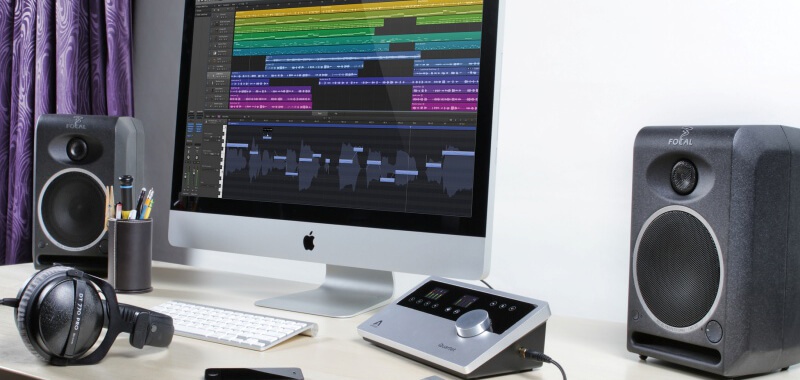
A DAW will be how you can record line in to your computer, create songs, edit, add effects, and render a final version. The interface of most DAWs look like an actual mixing console and preform the same functions. If you don’t record your own sounds there are sample packs loaded with sounds that are differentiated by genre. A benefit of software is the availability of emulating instrument plugins. These plug ins make any instrument you could ever want virtually in your hands to use. The cost can range from free to hundreds of dollars.
- Good - Audacity FREE
- Better - Pro Tools, FL Studio, Ableton
- Best - I will save this debate for another article.
Multitrack Recording
A Multitrack recorder is a stand alone unit that you can record multiple simultaneous instruments or record individual tracks and over dub any additional tracks. They allow you to mix your tracks and render a final version either to an SD Card or USB connection to transfer to your computer. Multitrack recorders are small, compact and mimic a smaller version of a studio recording console. They all offer different features and your choice can be made depending on what you want to get out of it.
- Good - Tascam DP004 Multitrack Recorder for under $50
- Better - Behringer XENYX 302USB Mixer for under $50
This mixer offers the ability to capture your sound and through a USB connection record the sound directly onto your computer. This option does not have a built in hard drive or interface and requires a computer.This option does however act as audio interface and mic pre-amp source.
- Best - TASCAM DP-008EX 8-track Digital Portastudio
WHAT YOU HEAR, IS WHAT YOU GET.
Speakers
Recording,mixing, and playback isn’t going to turn out very good with a pair of ear bud speakers. Another very important asset of recording, is playback. Hearing the sound. Home speakers and studio speakers are not alike. Studio monitors ad nothing to the sound. This way you can hear exactly how loud it is and if the balance is perfect. Home speakers generally come with enhancement features that will hide any imperfections.
There are 2 types of speakers.
- Powered speakers also known as active speakers, are loudspeakers that have a built-in amplifier.
- Passive speakers do not have an amplifier and require power from either your computer, an external amplifier, or plug into a wall outlet.
The benefit of powered speakers is not having any additional noise being added to your signal.

Since you want accuracy from your monitors, one of the first things you will want to confirm is that they can handle the full frequency range of your recordings. In terms of wattage generally, 10-60 watts should be plenty for a bedroom or home office-sized studio. The best way to find the best monitors for you, is to use your ears.
Don’t be afraid to go an electronics store and try out as many as you can. Keep in mind when you set up the speakers they should be at ear level and pointed at you.
The optimum volume for mixing is 80dB. (Decibels) The reason being is bass is more clear at lower volumes, so if you have it turned down it may sound great. But let me ask you this, at what volume to people generally listen to music? LOUD. Mixing at this level will give you the correct mix at the volume it is intended to be listened to.
- Good - Mackie CR3 3" Creative Reference Multimedia Monitors $99
- Better - PreSonus Eris E.45 HD 2-Way 4.5" Nearfield Monitors $199
- Best - JBL LSR305 Professional Studio Monitor $249
From Those Who Know.
It’s time again for the ending segment, “Take it from those who know, ask a pro.”
I have reached out to my network of professional producers, bedroom producers, musicians, and beat makers and asked them, “What do you need to produce music?”
Here is what they had to say…
“Any musical software for android or computer and any music instruments.”
“Anything and something to record it with.”
“A computer and a DAW with at least one software synthesizer.”
“A computer.”
“Taste, ears, knowledge, personality and gear.”
“An idea, a basic feel (sometimes inspired by someone else), a beat, riff or melody and a concept for lyrics.”
“Passion, patience, dedication and a well developed ear. Second to these, the physical equipment to record, monitor and mix the material. These can range from a pc based daw, mobile platform, or tape multitrack recorder.”
“Anything you can record with. My first studio was a boom box with a built in mini keyboard and an aux jack.”
And there you have it. You are now another step closer to music production.
Be sure to check back for our next instalment, “How music production works.”
Until then, below you will find a list of resources mentioned in this topic.
RESOURCES
The following resources can be explored to research and purchase any of the items mentioned above. The links do not mean we endorse them or that they are paid advertisers. It’s a good starting place and we heavily encourage you to conduct your own research to find the exact tools you need for your music production.
Research Tools:
The following links provide detailed information on specific product specs and features.
http://recordinghacks.com/microphones
Product Websites:
The following links are to all manufactures websites listed in this article.
Microphones.
https://www.audio-technica.com
Multitrack Recorders and Mixers.
https://www.musictri.be/brand/behringer/home
DAW (Digital Audio Workstation) Software.










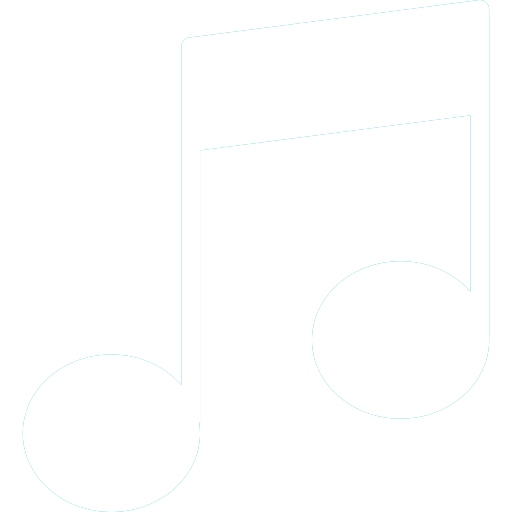



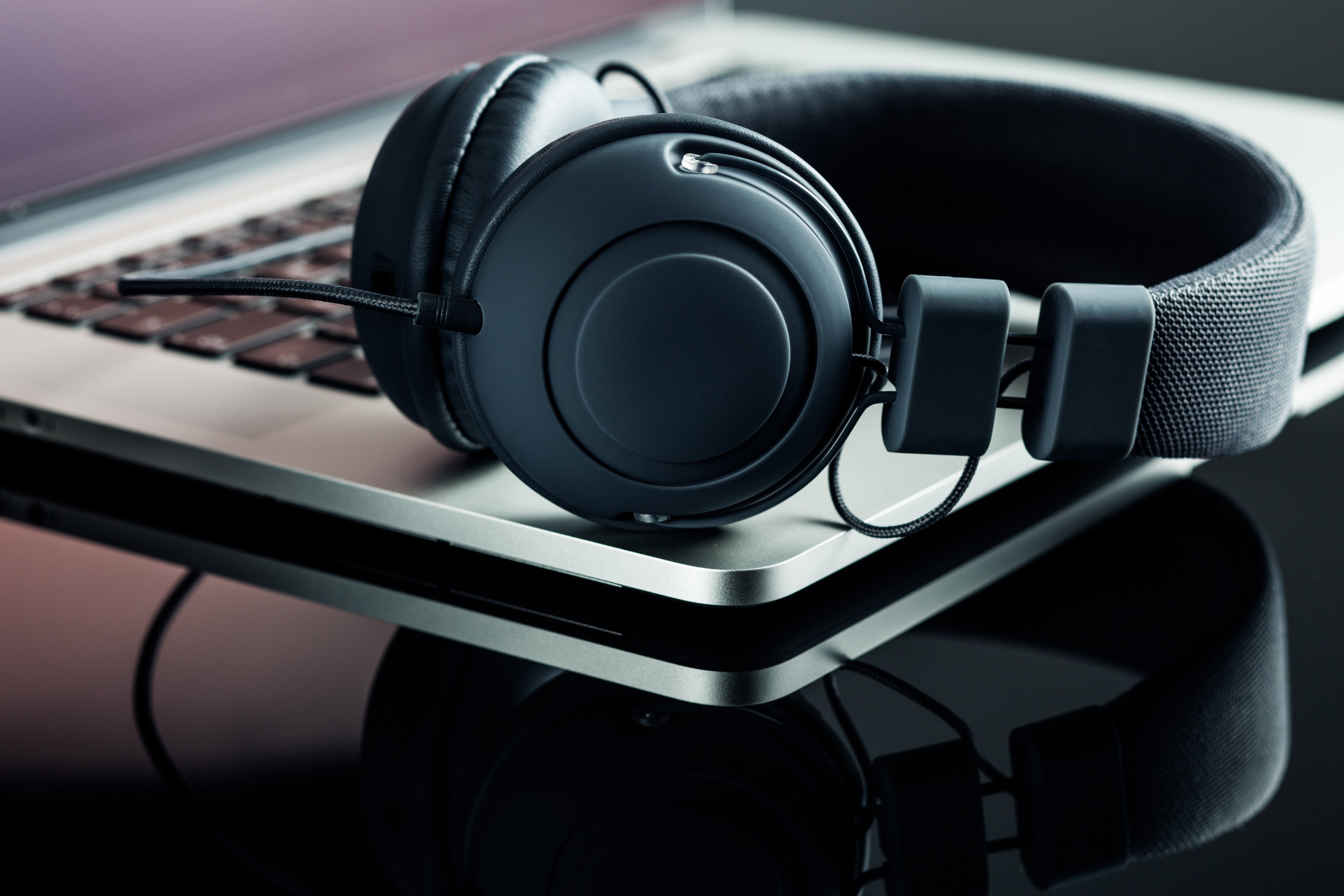
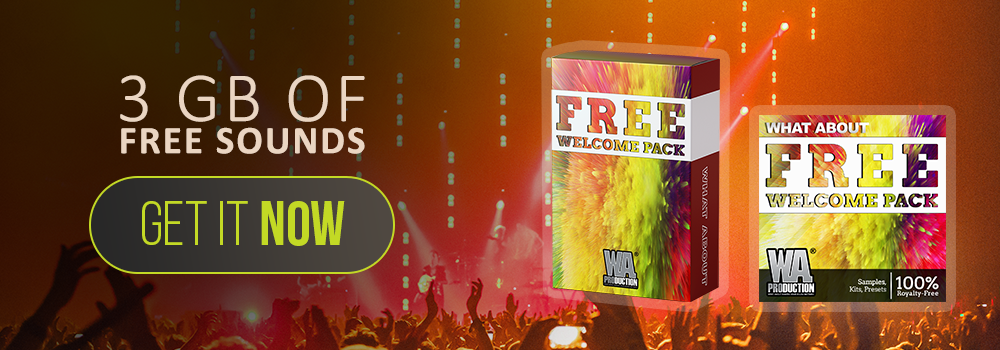
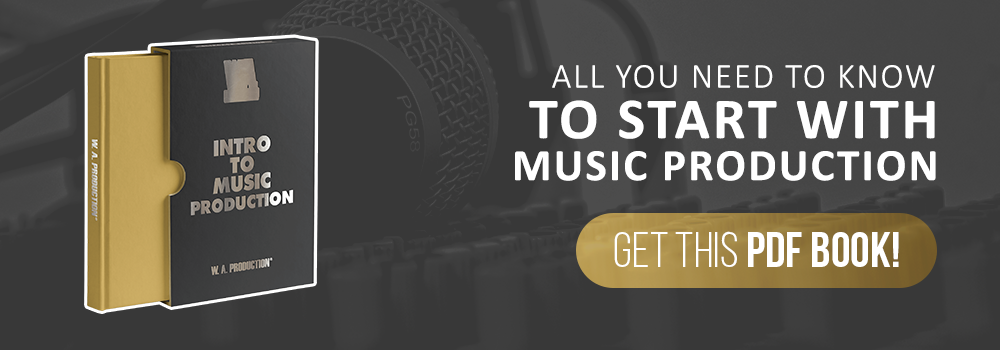
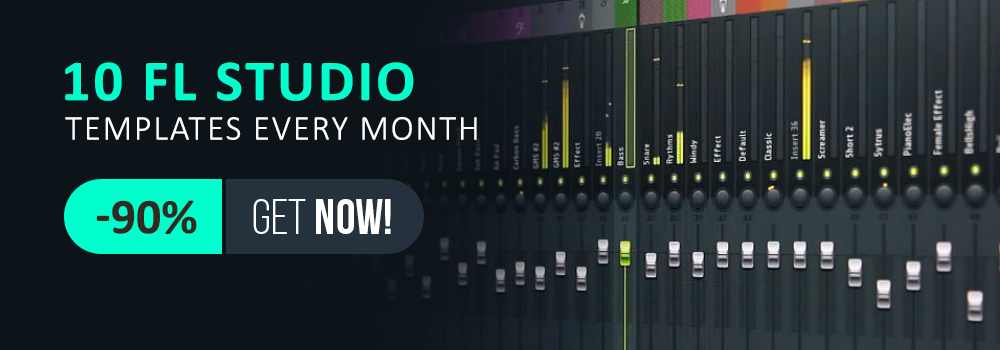
_Cropped.png?width=1600&name=02%20(2)_Cropped.png)

















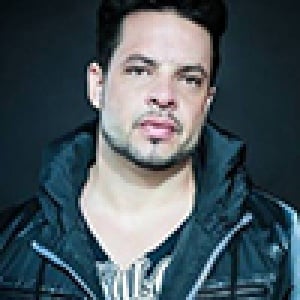


Your Comments :